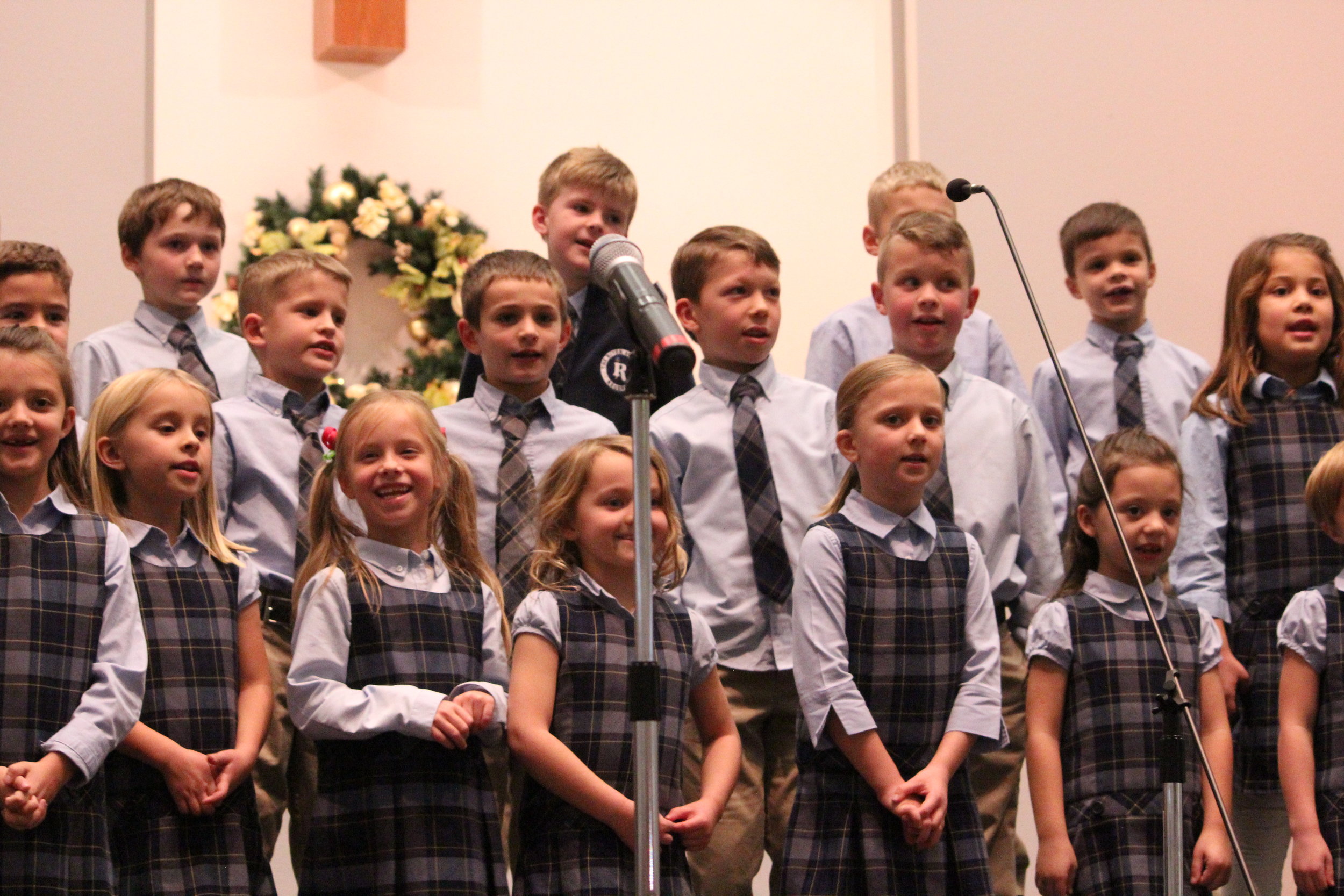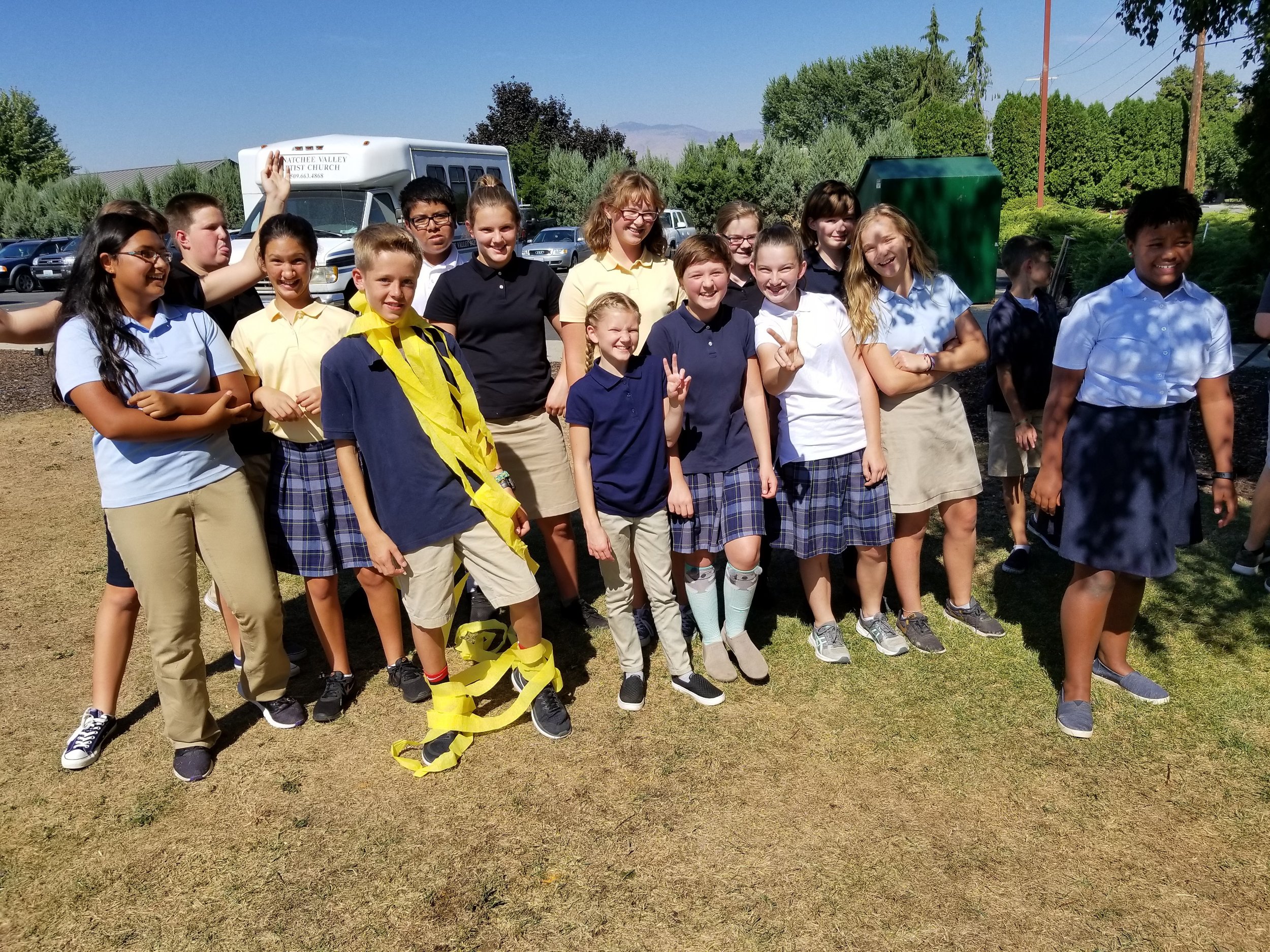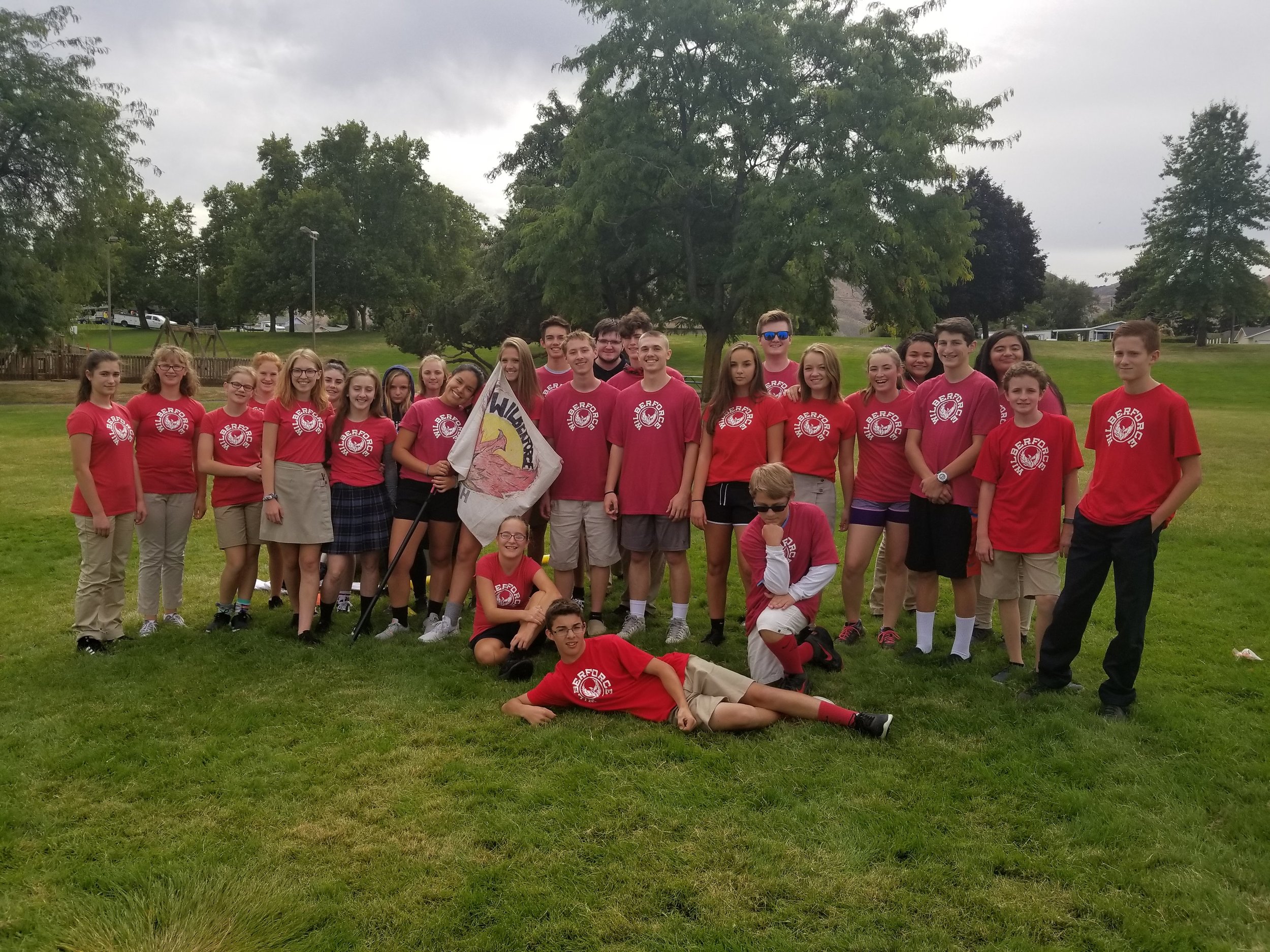Classical Education
History of Classical Education
Classical Education’s roots date back centuries. While some see it beginning with the Ancient Hebrews, most view its origins with the famous Greek masters of Socrates, Plato and Aristotle. These men and many of their students after them began developing a pedagogical approach, which developed their pupil’s ability to think for themselves. Education in their view was primarily for the purpose of teaching students how to think and learn. While the acquisition of knowledge was important, it played a secondary role to the more important task of developing the tools of the mind.
This approach to education remained the primary method used in schools for centuries. In fact, most of the Founding Fathers of America were educated using this model. This “Liberal Arts” approach to education has stood the test of time and though recent history has seen efforts aimed at disassembling old models and creating new systems of education, it’s hard to argue against a system that worked for thousands of years.
What is Classical Education?
Definitions
Grammar: The fundamental facts and data that make up each subject.
Logic: The ordered relationship of particulars in each subject.
Rhetoric: How the grammar and logic of each subject may be clearly expressed.
What is the purpose of receiving an education, and why do we see to it (in America at least) that all children and parents who desire such may obtain one? While some would argue that education’s purpose is to accumulate knowledge and facts stored away for later, classical education has a slightly different approach. Classical learning views the purpose of education as teaching the student how to think, and eventually learn for themselves. Learning is an art and in order for us to do so effectively we need certain tools and skill sets. Recognizing this, classical education places the acquisition of these “tools of learning” as the primary focus of a child’s education while they accumulation of knowledge takes on a secondary role. Dorothy Sayers, a contemporary of C.S. Lewis, said it well when she said:
“Is not the great defect of our education today . . . that although we often succeed in teaching our pupils "subjects," we fail lamentably on the whole in teaching them how to think: they learn everything, except the art of learning. It is as though we had taught a child, mechanically and by rule of thumb, to play "The Harmonious Blacksmith" upon the piano, but had never taught him the scale or how to read music; so that, having memorized "The Harmonious Blacksmith," he still had not the faintest notion how to proceed from that to tackle "The Last Rose of Summer.’”
To recover the recently lost art of teaching tools, the classical education movement and The River Academy in particular seeks to do the following:
Provide students with the tools of learning and instill in them a life-long desire to increase in knowledge, understanding and wisdom.
Implement the Classical Trivium, (more on this below) teaching the grammar, logic and rhetoric of all subjects.
Immerse students in the history, language and arts of western culture, in a manner that enables them to understand our present age and equips them to wisely build the future.
The Trivium
The Trivium is a three-stage educational method which conducts a student through his course of learning in a way which correlates systematically with his natural developmental stages.
The first stage of this three-part methodology is the grammar stage, during which time young students are most able to memorize the many facts and particulars of each subject area. The grammar stage corresponds approximately with the elementary school years. Students learn and memorize the grammar of math (addition and subtraction facts, multiplication tables, the ordering of time and money), geography (mountains, rivers, state capitals), science (formulas, definitions), history (wars, kings, dates), and so on.
Students then proceed (at around the time of the middle school years) to take the facts and knowledge they've accumulated and study their relationships during what is known as the dialectic (or logic) stage. Students analyze how the many pieces of what they've learned affect one another and learn to reason using the laws of formal logic and correct argumentation.
In the third stage of the Trivium, students focus on learning to express themselves with excellence. The material which they've accumulated in the grammar stage, and learned to analyze and understand in the dialectic stage, is now polished and presented in the rhetoric stage. The later high school years, which correspond with the rhetoric stage, are a time of learning to communicate and present knowledge in a manner which is worthy of the excellent education our students have received.
These three stages, grammar, dialectic, and rhetoric, compose the Trivium and are the methodological backbone of a River Academy education.
For a more in-depth examination of the the Trivium, read Dorothy Sayers' article, The Lost Tools of Learning.




